"Hearing The Changes" is knowing what the chords of a song or chord progression are and when they change. This lesson gets you on the road to developing this ability. This involves know the chords of the keys and scales that are used for common progressions and songs. And the ability to recognize the sound of intervals, the distance between intervals.
Hearing The Changes is knowing what the chords of a song or chord progression are and when they change. This lesson gets you on the road to developing this ability.
Some Tips for Learning to Hear the Changes
- First find where the chord changes are.
- Locate the bass or root of the first chord.
- Is the chord major or minor?
- Major chords, the most common, are passive and sound resolved and peaceful, happy, relaxed, sometimes a bit bold. The majority of songs are in Major Keys and the I chord of the key/scale, the Tonic is typically the home chord and at the end of a verse or chorus. Might even be the first chord of the song, i.e. chord progression.
- Minor chords have a sad and mysterious quality.
- Diminished and Augmented chords are a bit of an unnerving quality. Very suspenseful. I, (Curt) call the diminished and augmented chords one of the movie chords. The augmented chord is great in horror movies used for when you know someone is not making it out of that scene.
Jazzchords, which are just 4-part chords.


- Cm Cm/maj7 Cm7 Cm6 ( Cm Cm/B Cm/Bb Cm/A) — This progression is typically notated wrong. You'll hear it after you become more familiar with the correct notation.
- C Cm7+5 Cm6 Cm7+5 — I call this the Secret Agent sound and it is typically supporting the melody. Witchcraft is a jazz standard that has this movement.
- C Cmaj7 C6 Cmaj7 — A common substitution for two measures or 8 beats of C
- Cmaj7 Caug C6 Cmaj7 or C Caug C6 Caug C
- The BIG one in Tonic-Dominant Harmony and the most common harmonic sequence of chords is the dominant to tonic. e.g., in the key of C , the G7, the V harmonically wants to resolve to C, the I – this is want our ear is expecting. Memorizing this move in ALL 15 keys is a great harmonic investment. Hear it, learn it, internalize it, and get it under our fingers.
- Turns out there is such a thing as a Secondary Dominant — not the main Dominant chord in a key. These Secondary Dominant chords also function just as a dominant chord functions and wants to resolve to its Tonic. A good example in the Key of C is a C to C7 resolving to F (there is that memorize the V to I in all major and minor keys). So much so that if I see this in much I rarely look at the next chord, I know it has a 99% chance of resolving to F. Our ear actually want that. This move is actually somewhat easy to ear. It is a V to I, just not in the main key/tonality.
istranscribing the chord progression as it is being played.
How do get through a song (on the bandstand) that you don't know.His reply was
You lay back, learn it through the first verse and chorus.. Now in the
On the Bandstandscenario, you most likely be given the key, tempo, etc. So your choices are narrowed down a bit.
- tonedear.com • The three links below of the many from the tonedear.com site are a great place to start. There are also apps: GooglePlay and Apple iOS apps available.
- www.good-ear.com • The Online, Free Ear Training on the Net
- Clarion • Improve your musical ear training by Daniel Jalkut founded Red Sweater after working as a Software Engineer at Apple.
- reddit: t/musictheory - Ear Training Apps and Websites
dailyear training resource is one of the best ways to make that connection between you mind and inner-ear. And ultimately getting it out using you voice and or ear. Start slow and don't move on too fast.
Related Lessons, Videos, Lesson Series, Songs, Books & Reference Charts, Resources & Assets, Workshops are below.
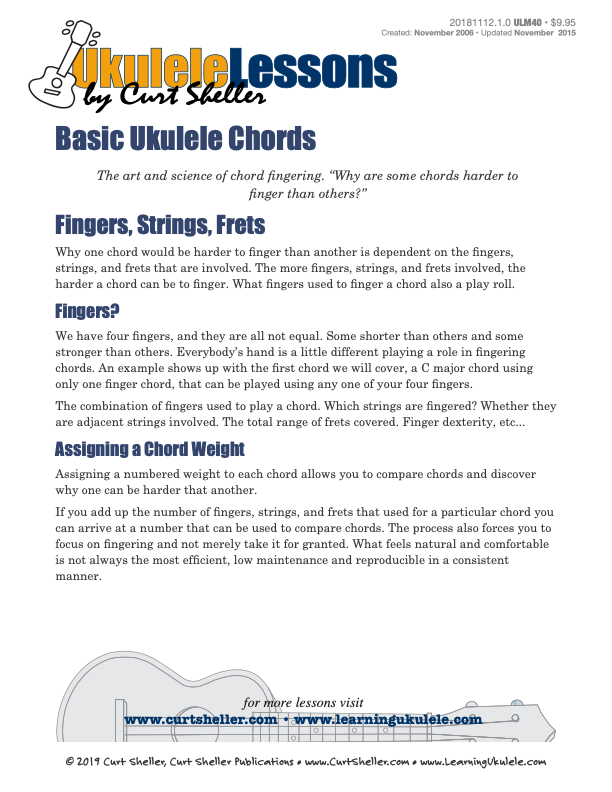
The art and science of chord fingering. Learning your basic open position chords in common keys. We have four fingers and there're all not equal. Some shorter then others and some stronger that others. Everybody's hand is a little different. This does play a role in fingering chords.

A key signature is a summary of the sharps or flats in a Major or its relative Natural Minor scale. Key signatures are generally written immediately after the clef at the beginning of a line of standard musical notation. Each major and minor key has an associated key signature that sharpens or flattens the notes which are used in its scale.
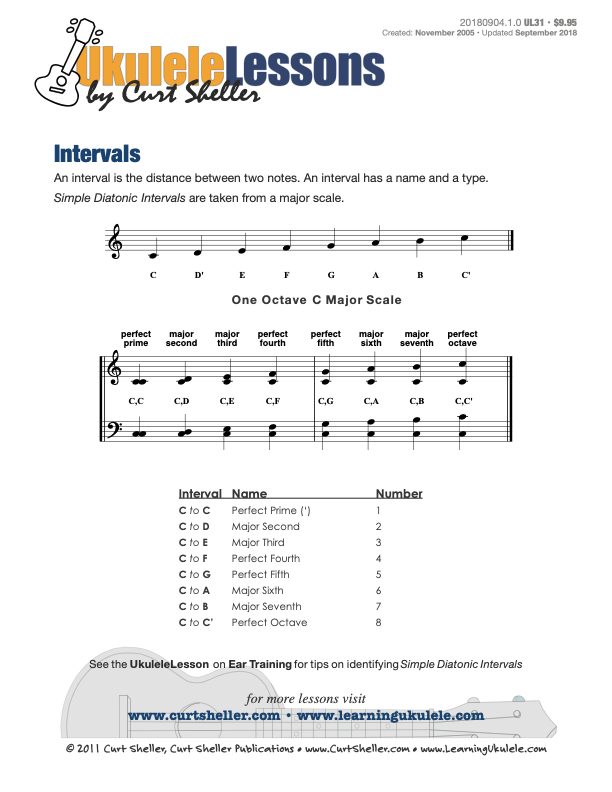
An interval is the distance between two notes. An interval has a name and a type. Intervals can be played one note (melodic) or two notes (harmonic) at a time, ascending or descending. Simple and Compound Intervals are taken from a major scale. Chromatic Intervals are NOT taken from a major scale. They are derived from the diatonic intervals.
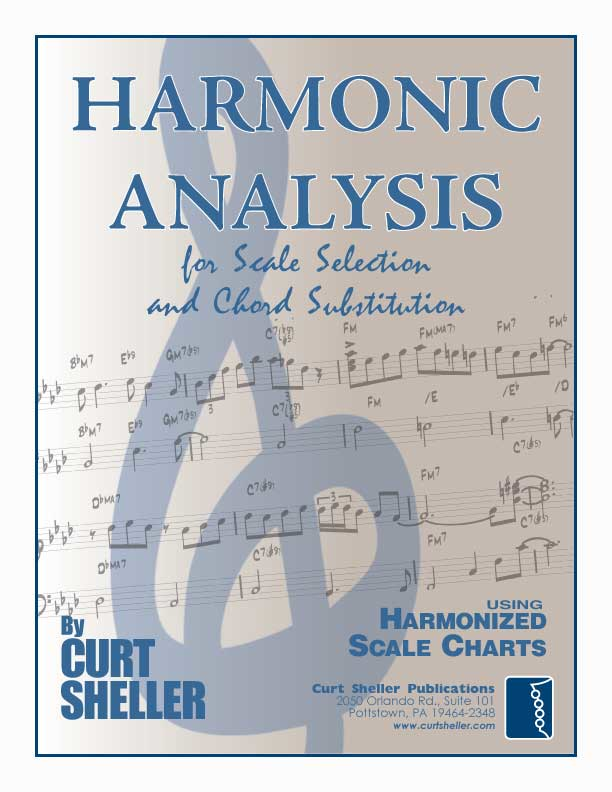
Harmonic Analysis is the understanding of the functional sequence of chords. It is the process used to analyze the harmonic structure of a progression, song or composition. This analysis is then used to make scale selections for improvisation and chord substitution.
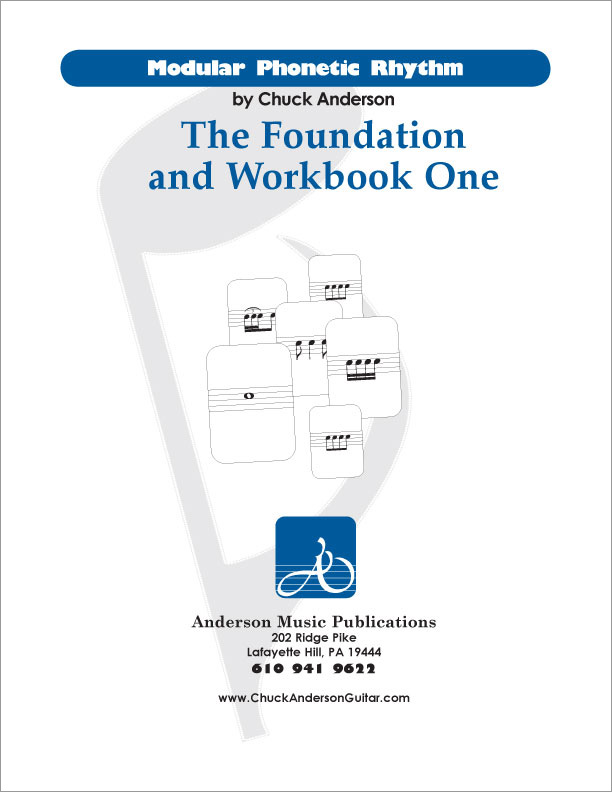
Modular Phonetic Rhythm represents a significant advance in the teaching and application of rhythm. Eliminating many inefficient aspects of rhythm education, Modular Phonetic Rhythm streamlines the traditional educational approach, resulting in a reflexive reaction to rhythm.
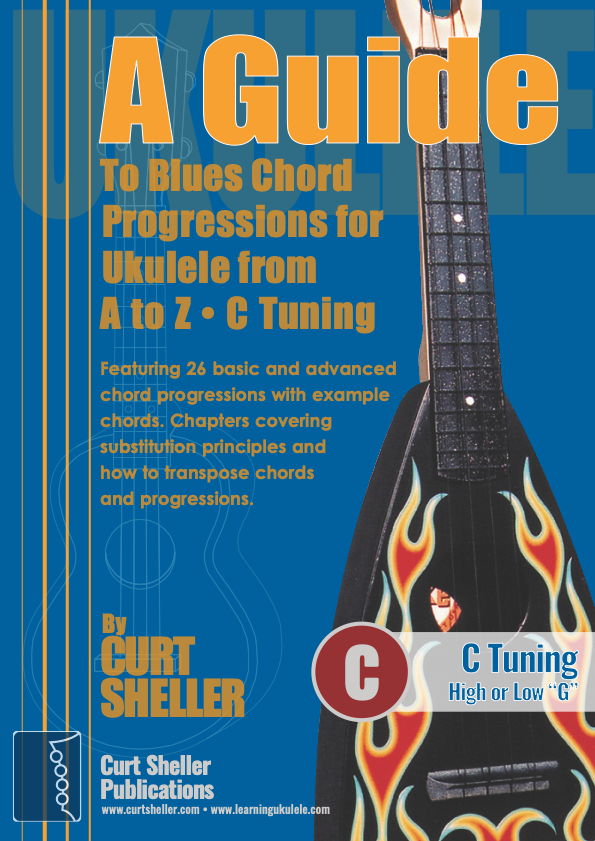
The Blues are at the heart of all American music. It has influenced Country, Rock, Folk, Jazz, Bluegrass and just about every form of American music we listen to today. 26 blues progression in C and G tuning, progressing from basic to advanced jazz progression, with chord grids and substitutions explained.

The Blues are at the heart of all American music. It has influenced Country, Rock, Folk, Jazz, Bluegrass and just about every form of American music we listen to today. 26 blues progression in C and G tuning, progressing from basic to advanced jazz progression, with chord grids and substitutions explained.

Finally, learn the names of the notes of the ukulele fingerboard in C tuning .

Learn the six fingering principles to navigating the ukulele fingerboard. Fingering is one of the most universal topics. Book: Six Secrets of the Ukulele Fingering

Harmonic Analysis is the understanding of the functional sequence of chords. It is the process used to analyze the harmonic structure of a progression, song or composition. Book: Harmonic Analysis for Scale Selection and Chord Substitution
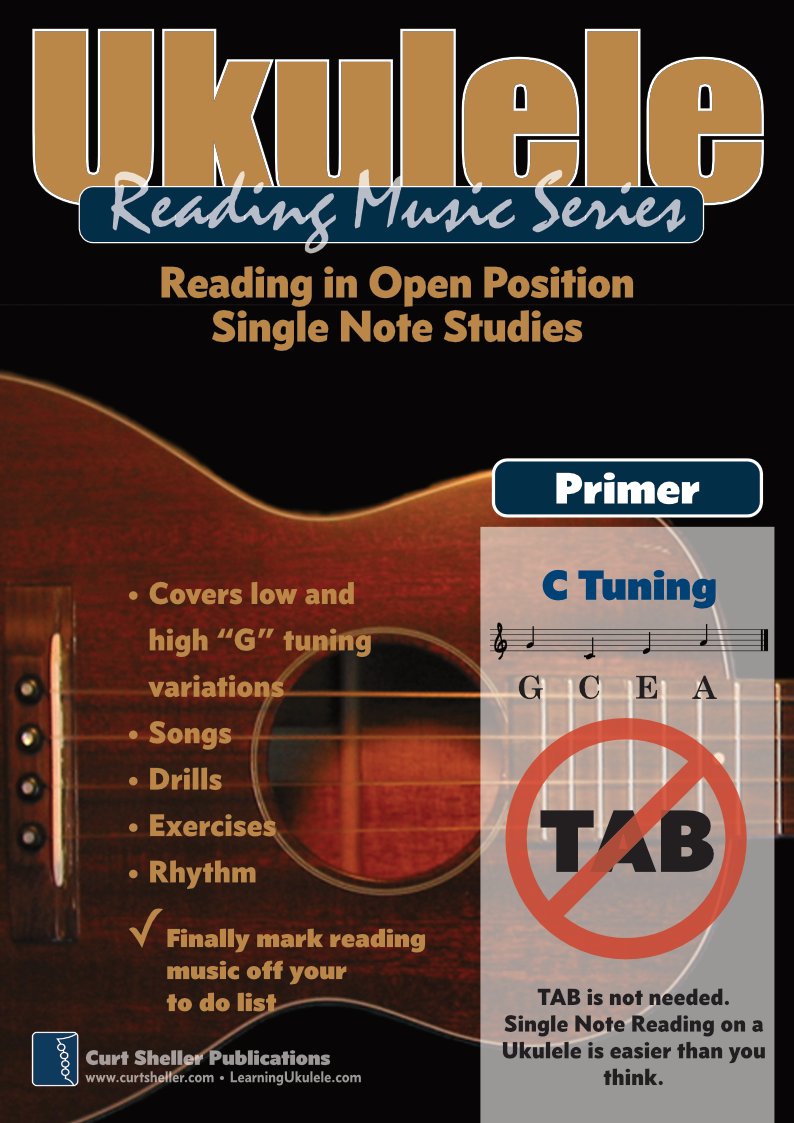
Learn to read single note melodies in the first/open position is a lot easier than you might think. Book: Ukulele – Reading Music Series – Primer
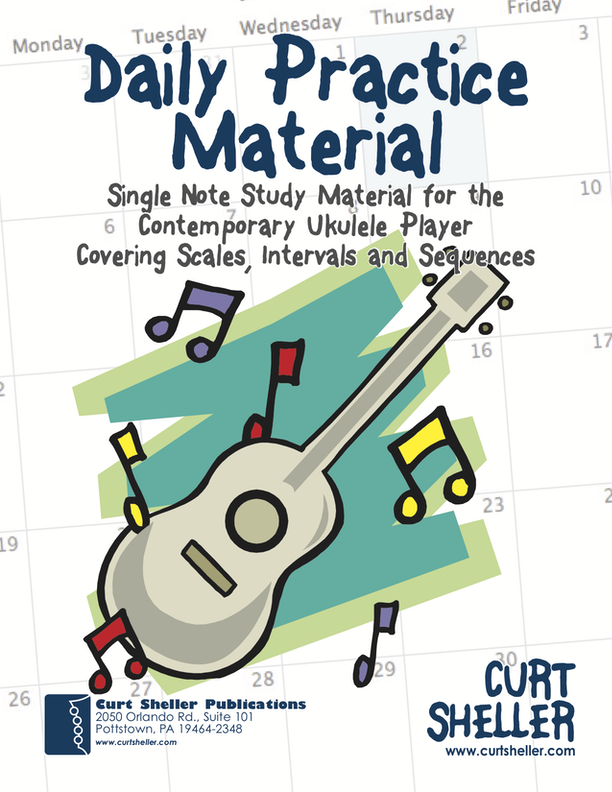
An organized collection of daily practice and reference material for the contemporary ukulele player for developing the vocabulary and knowledge necessary for single note playing. Book: Daily Practice Material for the Contemporary Ukulele
Checkout the Books & Reference Charts for additional Handy, Dandy Reference Charts.
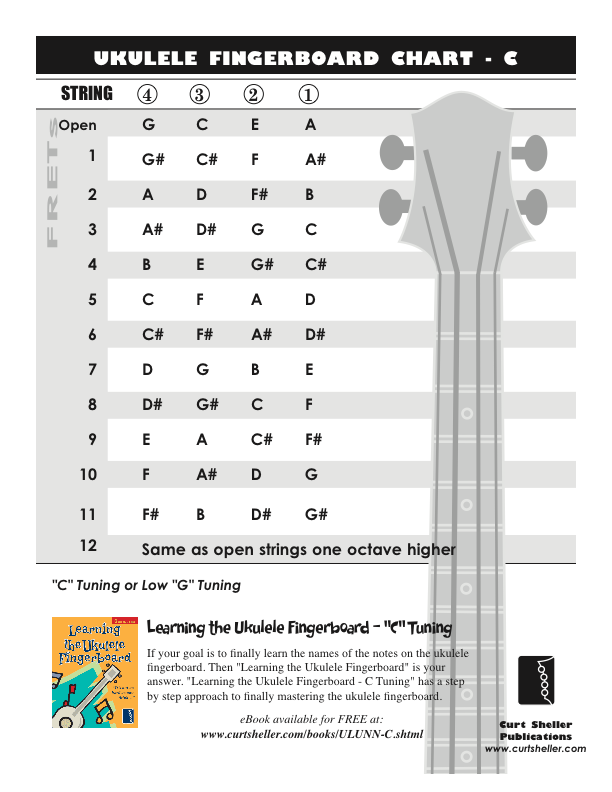
Ukulele Fingerboard Chart for C Tuning, Low or High G – G C E A
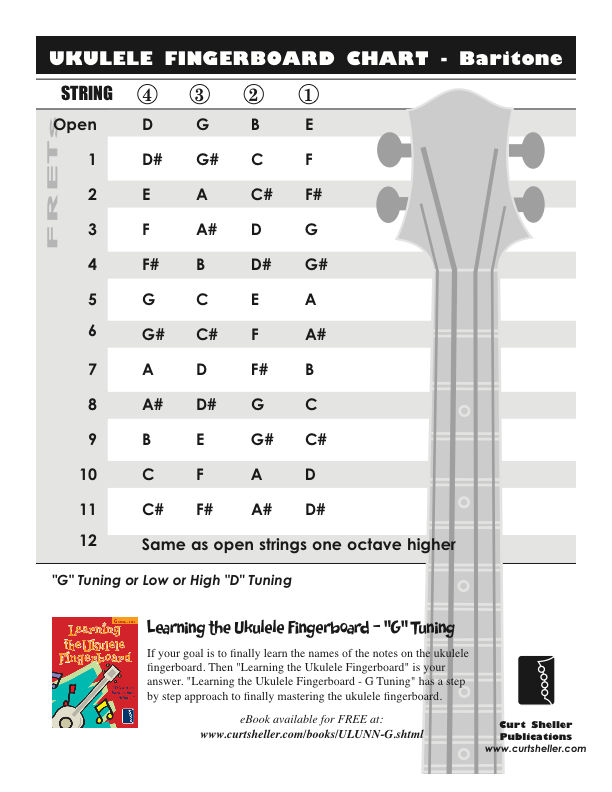
Ukulele Fingerboard Chart for G Tuning, Low or High A – D G B E
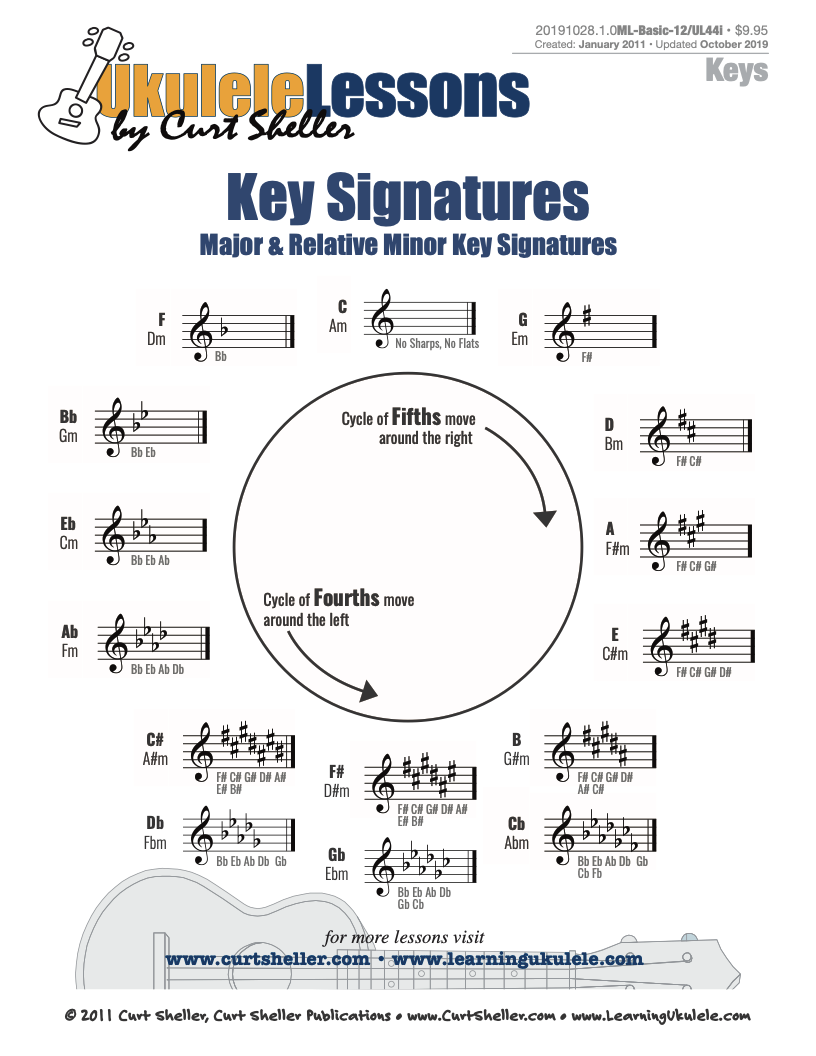
A handy reference chart of all 15 major and relative minor key signatures. US Letter 8.5 x 11 sized (ANSI-A), A4
Checkout the Books & Reference Charts for additional Handy, Dandy Reference Charts.


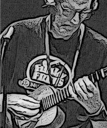
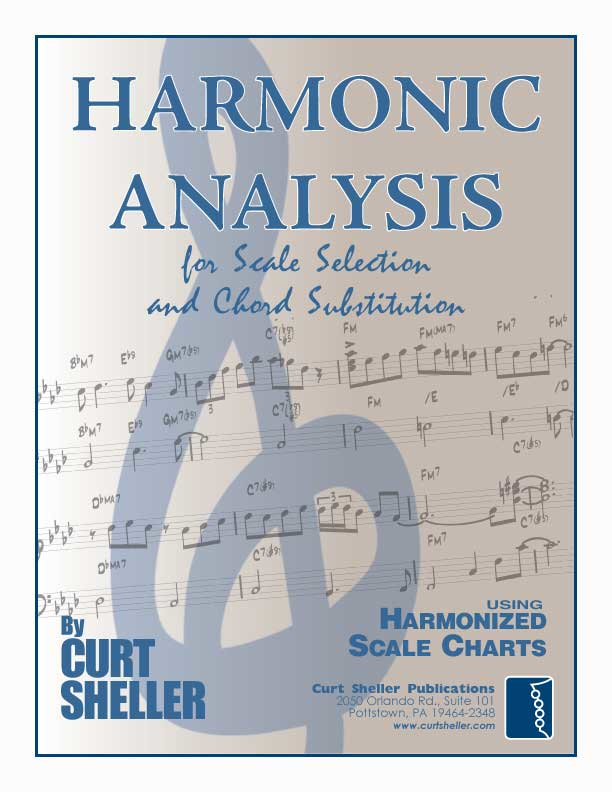
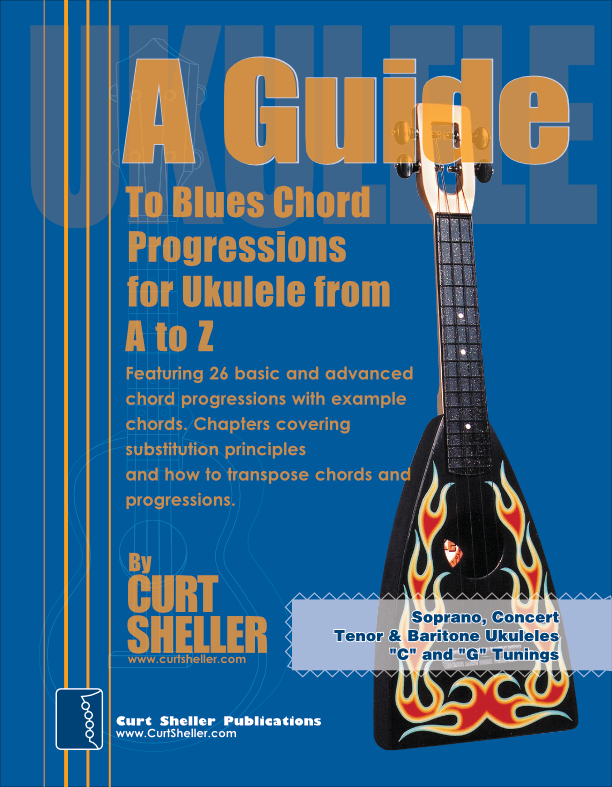
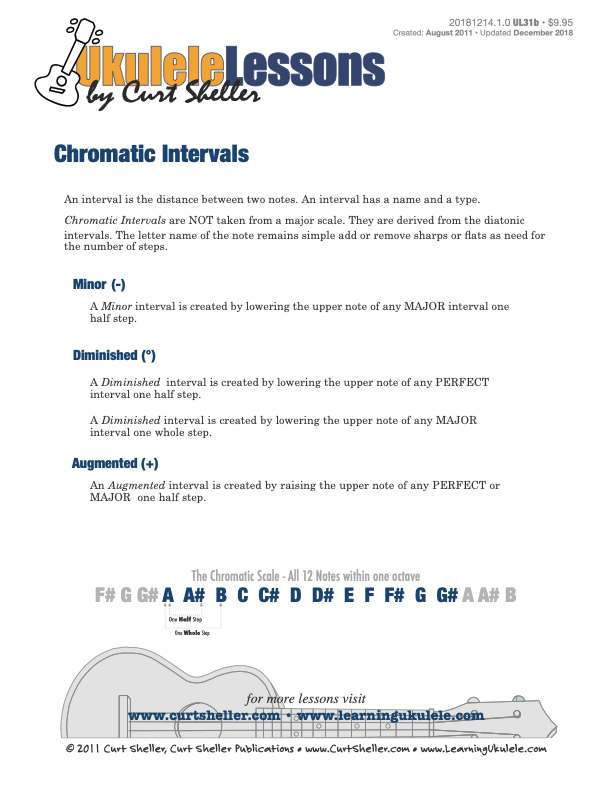
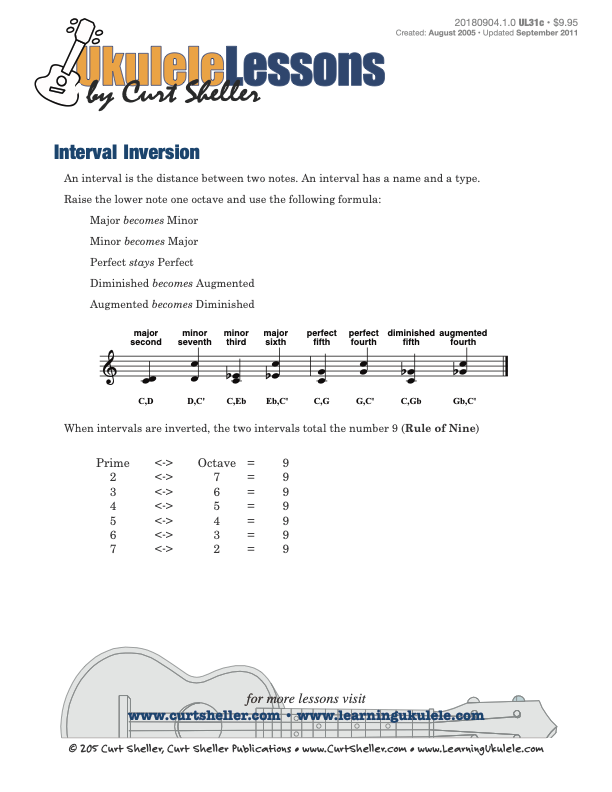
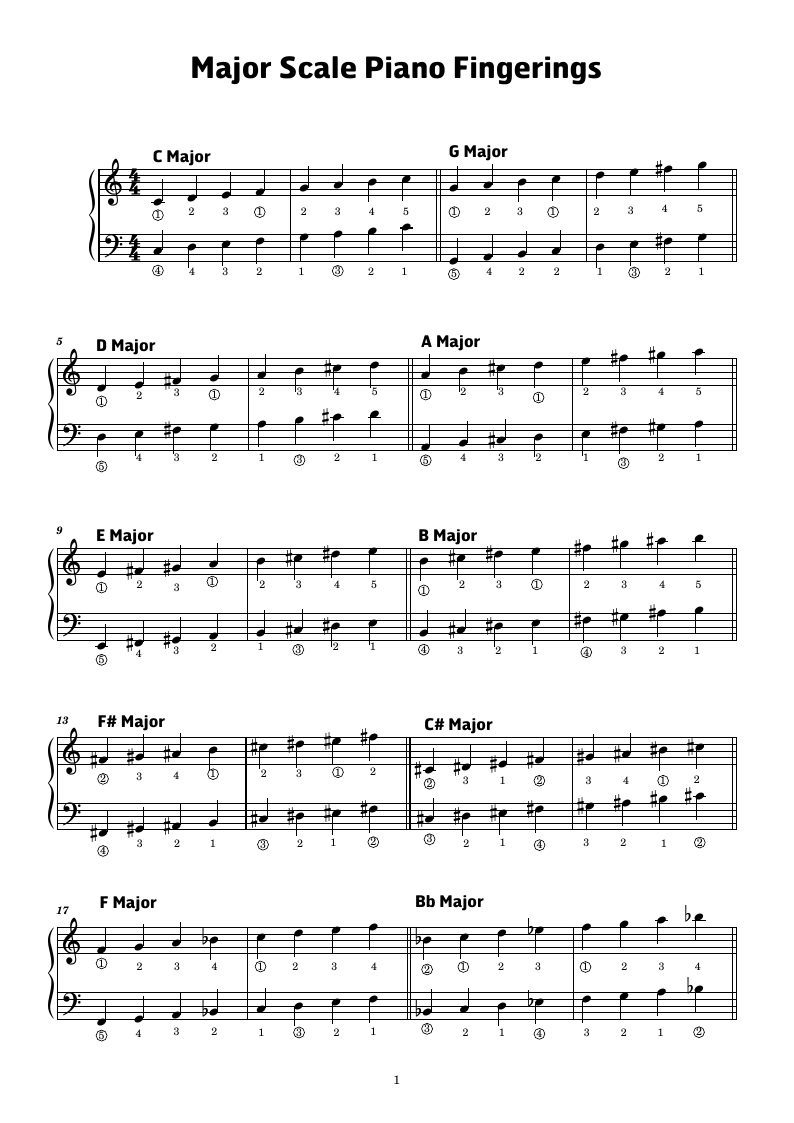

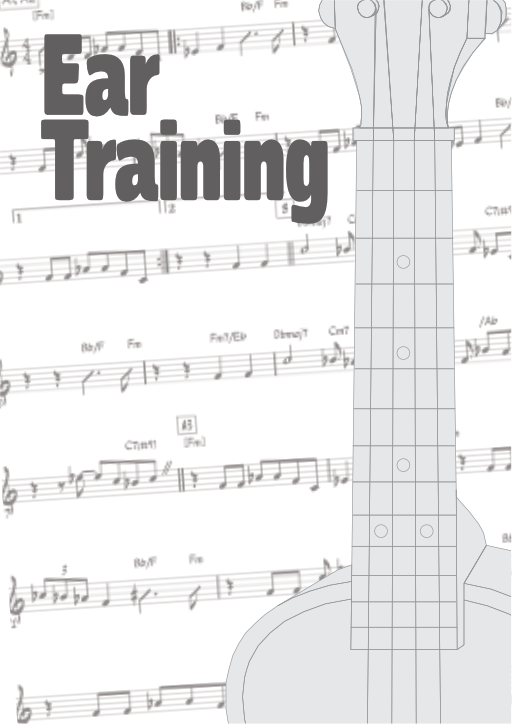







.jpg)